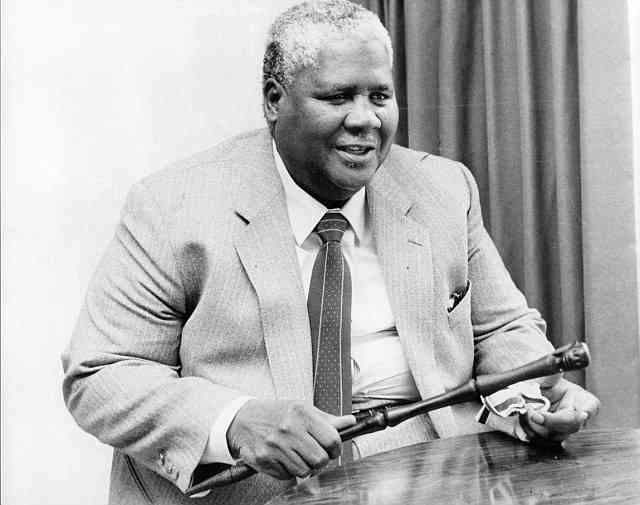
Ladies and gentlemen, the 15-year wait is finally over: HUVr Tech has announced what appears to be the first ever hoverboard.
Dubbed the HUVr, the device appears to function almost exactly like the hoverboard used by Marty McFly in Back to the Future Part II, but with the addition of a handy iPhone and Android app that can be used to control it.
Of course, don’t just take my word for it — if you doubt about the veracity of the HUVr’s ability to float a few feet off the ground, let the dulcet tones of Tony Hawk and Moby reassure you. Seriously – watch the video.
Now, of course, I have to shatter your dreams and tell you that the HUVr is undoubtedly a hoax. A very expensive hoax, with budget enough to create a realistic hoverboard effect and get video appearances from Tony Hawk, Moby, Schoolboy Q, and even a snazzy snippet from venture capitalist Mark Cuban, but still very much a hoax.
As far as we’re aware, the current state of technology is still a long way away from creating a compact device that can lift 180 pounds (81 kilos) a few feet off the ground. Humanity’s best efforts to date have consisted of, effectively, small hovercraft (floating on a small cushion of air blown by a large fan) — and a few feeble attempts involving magnetic levitation (maglev; the same concept behind maglev trains, but on a much smaller scale).
- Chamisa under fire over US$120K donation
- Mavhunga puts DeMbare into Chibuku quarterfinals
- Pension funds bet on Cabora Bassa oilfields
- Councils defy govt fire tender directive
Keep Reading
The problem with hoverboard technology is power. It takes a huge amount of energy to lift 180 pounds a few feet into the air — and a significant amount to hold that mass there or move it around. The energy and power density requirements are well beyond what’s capable with lithium-ion batteries. Nuclear fission might just be enough (though the scale and form factor make it unlikely). Fusion, of course, would work — as would cold fusion, probably. (But neither tech is likely to come to a hoverboard form factor in our lifetime.)
More realistically, a hoverboard might be powered by permanent room-temperature superconducting magnets — but even then, there’s the problem that the magnets must have something to push against. In the case of maglev trains, there are superconducting rails; in the case of a hoverboard… there’s just plain ol’ throughly nonmagnetic concrete.
In all likelihood, given the budget behind the hoax and the fairly impressive CGI, this is probably viral marketing for some kind of Back to the Future reboot. Oh well. Maybe if I’m still around in a few decades I’ll get to write about a real hoverboard.
– Extreme Tech













